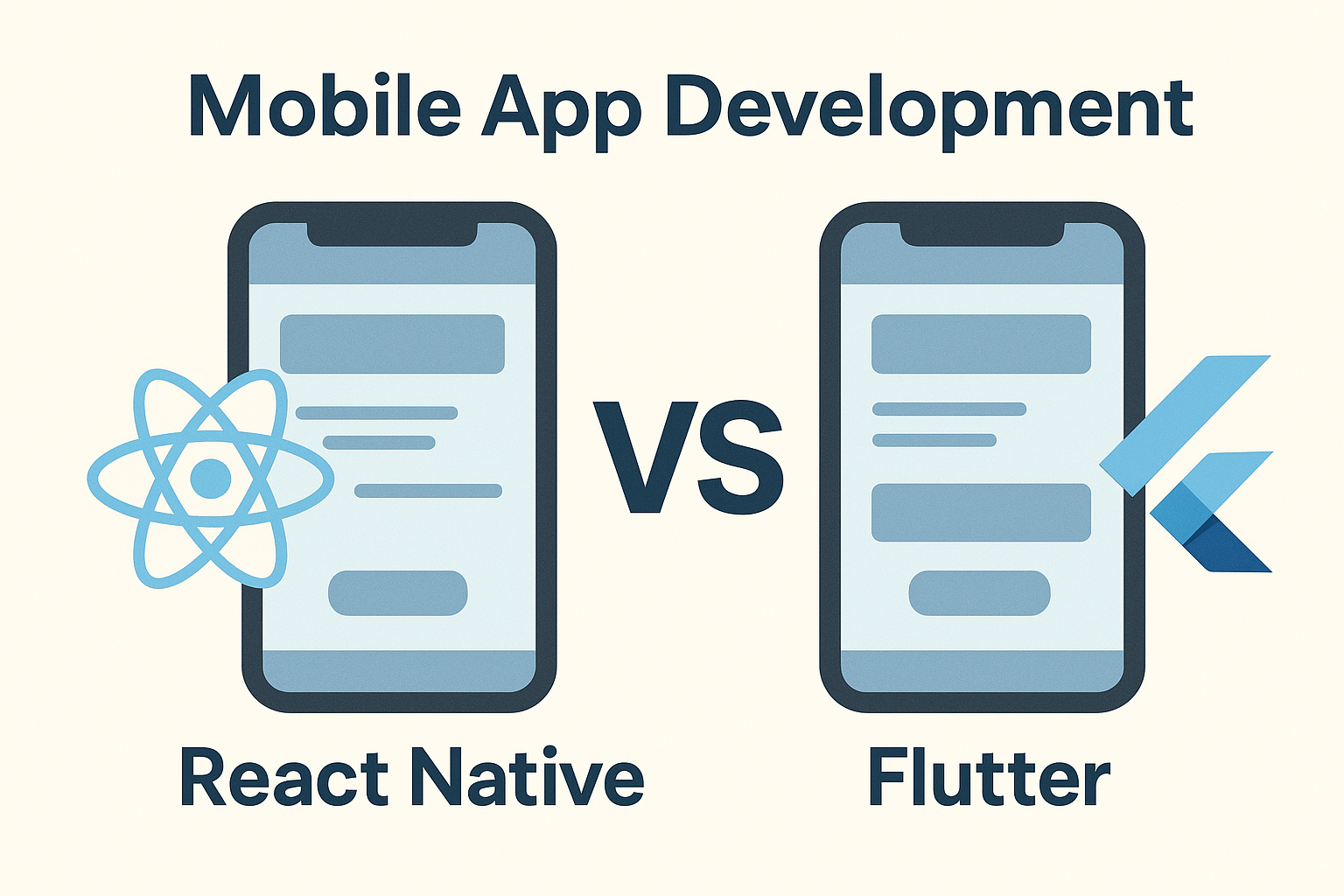Implementing real-time features with WebSockets lets web applications provide instant, interactive experiences such as chat, live notifications, collaborative editing, and online games.
This post explains WebSockets and shows how to set up servers and clients with practical tips for production-ready real-time apps.
What Are WebSockets?
WebSockets are a protocol that enables two-way, full-duplex communication between client and server over a single, persistent TCP connection.
Unlike stateless HTTP request–response, WebSockets let servers push updates to clients instantly—ideal for real-time applications.
Why Choose WebSockets?
Persistent connections reduce handshake overhead and latency, leading to faster updates for time-sensitive features.
They also eliminate inefficient polling and long‑polling patterns, saving bandwidth and server resources.
Setting Up a WebSocket Server
A basic Node.js server using the popular 'ws' package can broadcast messages to all connected clients.
const WebSocket = require('ws');
const server = new WebSocket.Server({ port: 8080 });
server.on('connection', (socket) => {
socket.on('message', (message) => {
// Echo the received message to all connected clients
server.clients.forEach((client) => {
if (client.readyState === WebSocket.OPEN) {
client.send(message);
}
});
});
});Connecting from the Browser
Modern browsers expose a native WebSocket API for establishing connections and handling real-time messages.
const socket = new WebSocket('ws://localhost:8080');
socket.addEventListener('open', () => {
socket.send('Hello, Server!');
});
socket.addEventListener('message', (event) => {
console.log('Message from server:', event.data);
});Real-time Use Cases
• Live Chat: instant messaging among users.
• Live Notifications: alerts for new content or events.
• Collaborative Editing: multiple users editing in real time.
• Live Updates: dashboards for prices, scores, or tracking.
Tips and Best Practices
• Graceful Error Handling: monitor onopen, onclose, and onerror to manage lifecycle and reconnection.
• Scalability: consider Socket.IO or STOMP for features like rooms/namespaces and fallbacks.
• Security: always use wss:// in production and enforce authentication/authorization.
• Fallbacks: support HTTP‑based fallbacks where WebSockets are blocked.
Conclusion
WebSockets enable seamless real-time interactivity with straightforward implementation across frontend and backend.
For more information you can contact us at info@bitnexinfotech.com. We will be happy to assist you.




